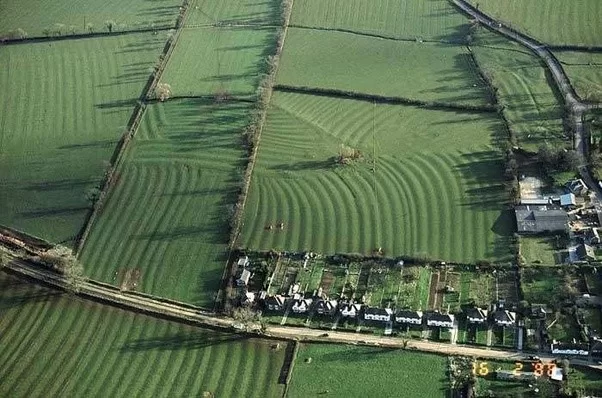That works of draining are most ancient and of divine institution we have the testimony of Holy Scripture … That those nations which be of greatest antiquity, and of chief renown for arts and civility, are also famous for their works of this nature, is evident from the practice of the Egyptians, the Babylonians, the Graecians, the Romans, and several others of which I shall give instance. From: The History of Imbanking and Drayning by William Dugdale, Esq., Norroy King...

